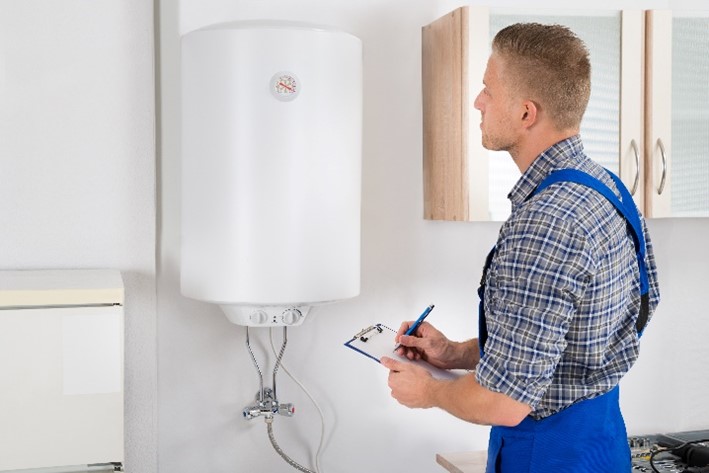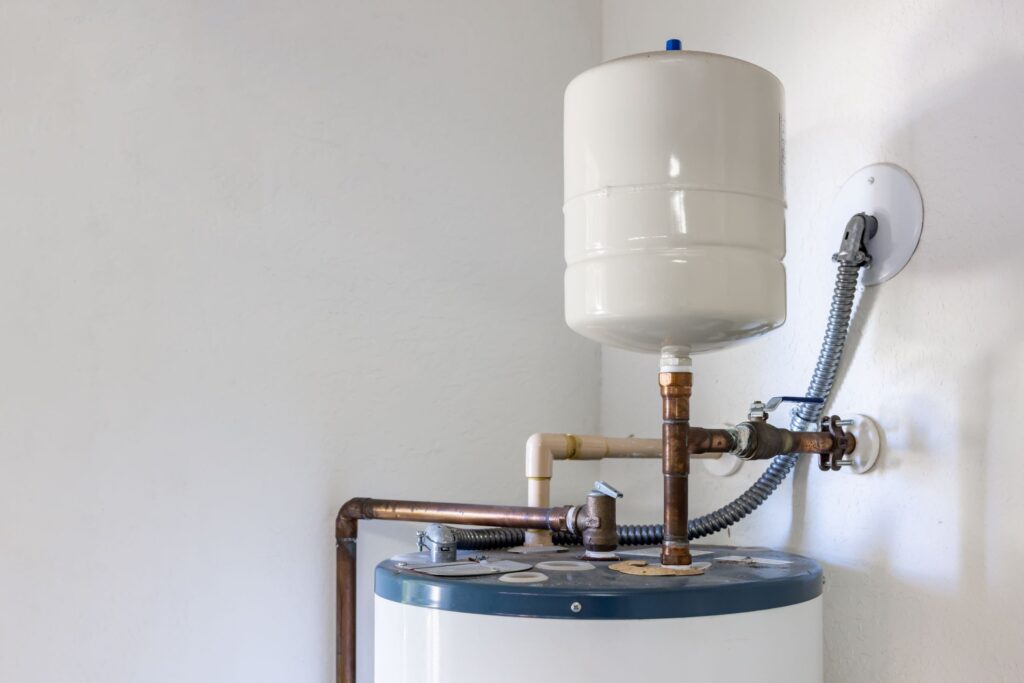Ensuring Longevity of Your Home's Hot Water System: Maintenance TipsTop Ways to Maintain Your Home's Hot Water System Successfully
Ensuring Longevity of Your Home's Hot Water System: Maintenance TipsTop Ways to Maintain Your Home's Hot Water System Successfully
Blog Article
This post further down involving How to Maintain a Hot Water Heater in a Few Simple Steps is amazingly engaging. Give it a go and draw your own conclusions.

Hot water is necessary for daily comfort, whether it's for a revitalizing shower or cleaning dishes. To ensure your warm water system runs efficiently and lasts longer, routine maintenance is vital. This write-up offers functional pointers and understandings on how to maintain your home's warm water system to stay clear of disruptions and expensive fixings.
Introduction
Preserving your home's warm water system could appear daunting, but with a couple of basic actions, you can ensure it operates efficiently for several years to come. This overview covers everything from comprehending your hot water system to DIY maintenance ideas and recognizing when to call in professional assistance.
Value of Keeping Your Warm Water System
Regular upkeep not only expands the life-span of your warm water system but also ensures it operates effectively. Ignoring upkeep can bring about lowered performance, greater power costs, and even premature failing of the system.
Indicators Your Warm Water System Needs Maintenance
Knowing when your hot water system needs attention can avoid major issues. Look out for signs such as inconsistent water temperature level, strange noises from the heater, or rusty water.
Understanding Your Hot Water System
Prior to diving right into upkeep jobs, it's helpful to understand the standard parts of your warm water system. Commonly, this consists of the hot water heater itself, pipelines, anode poles, and temperature level controls.
Regular Monthly Maintenance Tasks
Regular monthly checks can help capture small concerns prior to they intensify.
Flushing the Hot Water Heater
Purging your water heater removes sediment build-up, boosting effectiveness and prolonging its life.
Checking and Changing Anode Rods
Anode poles stop deterioration inside the container. Checking and replacing them when worn out is crucial.
Inspecting and Readjusting Temperature Level Settings
Readjusting the temperature settings ensures optimum efficiency and safety.
DIY Tips for Upkeep
You can do a number of maintenance jobs yourself to keep your warm water system in top condition.
Looking for Leakages
Routinely evaluate pipelines and connections for leakages, as these can cause water damage and greater expenses.
Testing Stress Relief Valves
Testing the stress relief valve guarantees it works correctly and protects against extreme stress buildup.
Shielding Pipelines
Insulating warm water pipes lowers warm loss and can conserve energy.
When to Call a Professional
While do it yourself maintenance is beneficial, some concerns require specialist competence.
Complex Problems Requiring Specialist Help
Instances include significant leaks, electric problems, or if your hot water heater is consistently underperforming.
Regular Professional Upkeep Benefits
Specialist maintenance can consist of comprehensive assessments, tune-ups, and ensuring conformity with safety and security criteria.
Verdict
Normal upkeep of your home's warm water system is vital for efficiency, longevity, and price savings. By complying with these pointers and knowing when to seek expert aid, you can ensure a reputable supply of warm water without unexpected interruptions.
How to Maintain an Instant Hot Water Heater
Before tinkering with your hot water heater, make sure that it’s not powered on. You also have to turn off the main circuit breaker and shut off the main gas line to prevent accidents. Also turn off the water valves connected to your unit to prevent water from flowing into and out of the appliance. 2. When you’re done, you have to detach the purge valves’ caps. These look like the letter “T” and are situated on either side of the water valves. Doing so will release any pressure that has accumulated inside the valves while at the same time avoid hot water from shooting out and burning your skin. 3. When the purge valves’ caps are removed, you have to connect your hosing lines to the valves. Your unit should have come with three hoses but if it didn’t, you can purchase these things from any hardware or home repair shops. You can also get them from retail stores that sell water heating systems. Read the user’s manual and follow it to complete this task properly. When the hosing lines are connected, open the purge port’s valves. 4. You should never use harsh chemical cleaners or solutions when cleaning your unit. Make use of white vinegar instead. It should be undiluted and you’ll probably use about 2 gallons. 5. Now flush your water heater. This task should probably take about 40 minutes. We can’t give you specific directions for this because the procedure is carried out depending on the type, model and brand of your heater. With that being said, refer to the user’s manual. 6. When you’re done draining the unit, you have to turn off the purge port valves again. Remove the hosing lines that you earlier installed on each of the water valves. Put the valve caps (purge port) back in their respective places and be very careful so as not to damage the rubber discs that are found inside these caps. 7. Now that everything’s back in place, check your user’s manual again to find out how to reactivate your water heating system. 8. Once it is working, turn one of your hot water faucets on just to let air pass through the heater’s water supply pipes. Leave the tap on until water flows smoothly out of it. https://www.orrplumbing.com/blog/2014/september/how-to-maintain-an-instant-hot-water-heater/

We had been guided to that write-up on Water Heater Maintenance Tips You Can't Afford to Forget from an acquaintance on another web page. Enjoyed our write-up? Please share it. Let others find it. We truly appreciate reading our article about Tips For Maintaining Your Hot Water Heater.
Check This Out Report this page